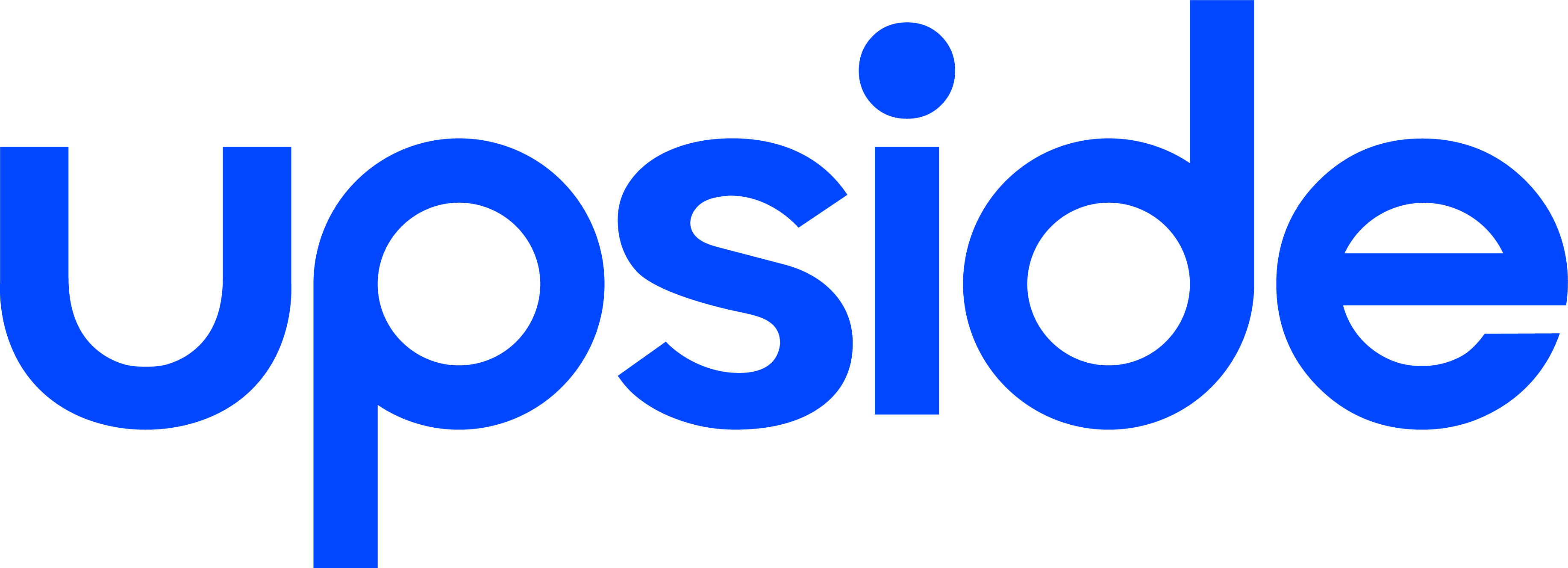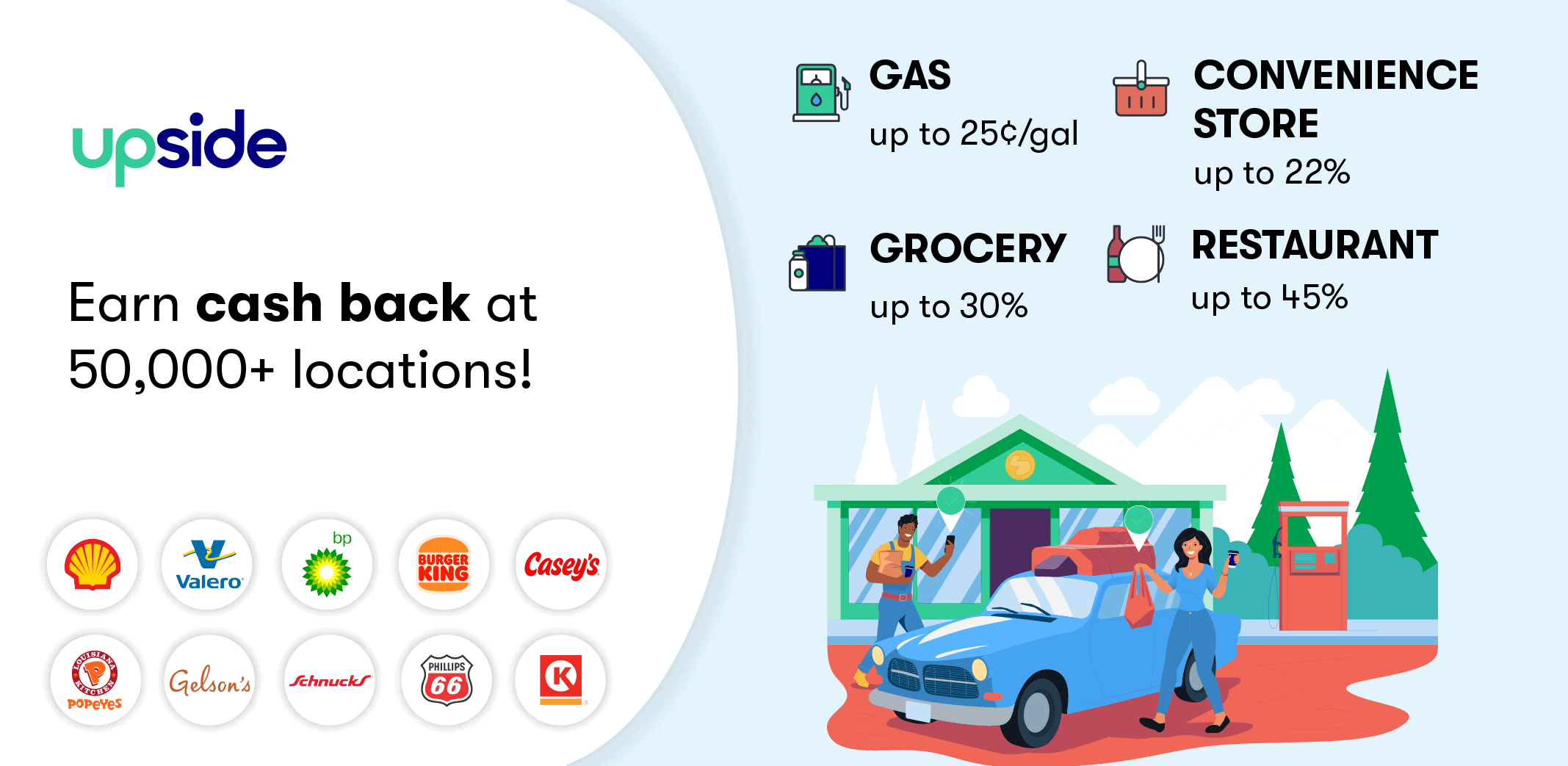Understanding The Upside Down Triangle With A Line Meaning And Finding Your Own Everyday Upside
Have you ever seen a symbol, perhaps an upside down triangle with a line, and felt a pull to understand its deeper significance? It's a rather common experience, you know, to spot an image and wonder what secrets it holds. These shapes, they often carry centuries of stories, beliefs, and hidden messages within their simple lines. For many, uncovering such meanings is a fascinating pursuit, a way to connect with ancient wisdom or perhaps just to satisfy a quiet curiosity.
People often search for these symbols, trying to figure out what they might mean, looking for a bit of insight or perhaps some hidden value. It's almost like we're all looking for an "upside" in the things around us, isn't it? We want to know what benefits something might bring, or what deeper sense it makes. So, whether it's an old symbol or a new way to manage your daily life, the quest for understanding and tangible benefits is pretty much always there.
And that, in a way, brings us to a different kind of "upside." While we explore the rich history of the upside down triangle with a line, we'll also touch on how you can find real, everyday value, a true "upside," in your regular spending. It’s about making your purchases more rewarding, you see, turning routine tasks into opportunities for a little bit of extra cash back. So, let's unravel some meanings and then look at how you can get more from what you already do.
Table of Contents
- The Ancient Roots of the Inverted Triangle
- The Line's Addition: A Subtle Shift
- Finding Your Own "Upside": A Different Kind of Value
- Frequently Asked Questions
- Embracing the Upside
The Ancient Roots of the Inverted Triangle
The triangle itself, you know, is a very old symbol. It appears in so many cultures and belief systems throughout history. When it points downwards, it often takes on some rather specific meanings. It's not just a random shape; it carries a lot of weight from various traditions, actually.
For instance, in some ancient practices, the downward-pointing triangle is often associated with the feminine. It can represent the womb, fertility, or the creative principle. This makes a lot of sense when you think about life and creation, doesn't it? It’s a symbol that speaks to the origins of things, in a way.
Elemental Meanings
In alchemy, a very old practice combining philosophy and early chemistry, the upside down triangle has a clear meaning. It usually stands for the element of water. This is pretty consistent across many alchemical texts, you know. Water, as a concept, is about flowing, adapting, and sometimes about emotion. It’s a very fundamental part of life, so it's a fitting symbol for it.
It can also represent the earth element in some other systems. When it’s earth, it’s about grounding, stability, and the material world. So, it’s a symbol that, you know, can have a couple of different elemental associations, depending on the specific tradition you’re looking at. This variation just shows how symbols can be interpreted in a few ways.
Spiritual and Mystical Interpretations
Spiritually, the inverted triangle can symbolize descent, or a movement from the spiritual to the physical. It's almost like a pouring down, a manifestation of spirit into matter. This idea is present in various mystical schools of thought, where the divine comes down to interact with the world, basically.
It can also represent the concept of divine grace or blessings flowing from a higher source to humanity. This is a pretty powerful idea, that good things come from above. In some traditions, it might even speak to intuition or the inner self, a journey inward rather than outward, you know, a bit like looking for answers within.
The Line's Addition: A Subtle Shift
Now, when you add a horizontal line to the upside down triangle, it changes things a little. This simple addition can really alter the meaning, adding a layer of complexity to the symbol. It’s not just a triangle anymore; that line brings in a new element to consider, you see.
This line, it can represent various things depending on the context. It might be a boundary, a separation, or even a connection. It’s a very subtle change, but its impact on the overall meaning can be quite significant. So, you know, it’s worth paying attention to those small details in symbols.
Balancing Forces
Often, the line added to a triangle, whether it's pointing up or down, suggests a balance or a division. For the upside down triangle, it could mean the material world being balanced with the spiritual, or perhaps a boundary between two states. It's almost like a point of equilibrium, isn't it?
In some alchemical symbols, a line across the water triangle might signify a process of purification or distillation. It's about refinement, taking something and making it better or purer. This suggests a transformation is happening, or a separation of elements, which is a very important concept in alchemy, actually.
Modern Interpretations and Context
In more modern contexts, or in certain niche groups, the upside down triangle with a line could take on new meanings. Sometimes, symbols get reinterpreted for different purposes. It might be a logo, a mark of identity, or even a warning sign. It really just depends on where you see it and what the creator intended, you know.
For example, in some very specific subcultures, symbols are adopted and given new, rather unique meanings that might not align with their historical roots. This just shows how symbols are living things, always gaining new layers of meaning as time passes. It’s a pretty dynamic process, you know, how symbols evolve.
Finding Your Own "Upside": A Different Kind of Value
So, while we've explored the deep meanings of symbols, let's shift our focus a bit to a different kind of "upside." This isn't about ancient symbols, but about finding tangible value in your daily life, a practical "upside" to your routine spending. It's about making your money work a little harder for you, you know, getting something back.
Think about it: we all buy gas, groceries, and sometimes eat out. These are everyday necessities, right? What if these regular purchases could actually put money back in your pocket? That’s a pretty good "upside," if you ask me. It’s about turning unavoidable expenses into opportunities for savings, which is a very smart move.
Everyday Savings: The Practical "Upside"
If you're looking for a way to cut your gas costs, you should check out Upside. It’s an app that partners with businesses across the U.S. It was originally designed to save money on gas, and that’s still a major part of the business model. I earned money with Upside this year, and it’s a legitimate way to earn cash back at participating gas stations, restaurants, grocery and convenience stores, you know.
My area does not have grocery offers yet, but there are tons of gas and restaurant deals available and a a few convenience store offers in the app, too. Upside is not only for big spenders, but consistent consumers spending on staples and basic necessities. It’s an easy and free way to earn bonus cash or gift cards on gas, restaurants, and purchases from grocery stores. Most gas stations are paperless, and the app automatically tracks your purchases, which is very convenient.
How Upside Helps You Save
Upside partners with nearby businesses who want to win you over with great offers you won't get anywhere else. All you need to do is claim savings when you use the app at participating locations. It also offers deals from other businesses like grocery stores and restaurants. By partnering with over 50,000 locations, Upside brings you the best offers and promotions at gas stations, restaurants, and convenience stores, which is a pretty wide reach, you know.
The app lets you earn cash back on gas and gives you deals on food. You can get fast cash back just by buying gas. As a matter of fact, some of my closest friends and family members are probably tired of hearing about it, because it’s just that good. It’s a simple way to make your money go a bit further, you know, and that’s a very practical "upside" for anyone.
Real User Experiences
How are the Upside app reviews from users? Upside app reviews from users are overwhelmingly positive, actually. As of the last update of this article, Upside had a 4.8/5 rating from over 290,000 users on the iOS App Store, and a 4.6/5 rating from over 200,000 users on the Google Play Store. These numbers really speak for themselves, don't they? It shows a lot of people are finding value.
People often ask, "Is my information safe & secure when I enter my bank account information?" The app takes security seriously, so your data is protected. And about fees associated with cashing out, there are generally none for direct bank transfers or PayPal, though some gift card options might have minimums. It’s a pretty straightforward process, which is what people really appreciate, you know, when they're trying to save money without a lot of fuss.
Frequently Asked Questions
Here are some common questions people often ask about symbols and practical savings:
What does the upside down triangle with a line mean in general symbolism?
Typically, the upside down triangle can represent water or the feminine principle. When a line is added, it often suggests a balance, a boundary, or a process of purification, depending on the specific tradition. It's a symbol that carries a lot of different historical meanings, you know, across various cultures and belief systems.
How can an app help me find "upside" in my daily spending?
An app like Upside helps you earn cash back on everyday purchases like gas, groceries, and restaurant meals. It partners with businesses to give you special offers you wouldn't otherwise get. This means you save money on things you already buy, which is a very direct way to find an "upside" in your budget, you know, making your money stretch further.
Is the Upside app truly free to use and reliable for earning cash back?
Yes, Upside is free to download and use. Users report overwhelmingly positive experiences, with high ratings on both the iOS App Store and Google Play Store. It’s a legitimate way to earn cash back, and it tracks your purchases automatically, making it very convenient. You can learn more about earning cash back on our homepage, and link to this page for additional insights on how the app works.
Embracing the Upside
So, whether you're exploring the ancient meanings of an upside down triangle with a line, or looking for practical ways to improve your financial situation, it's all about finding value. Understanding symbols can give you a deeper connection to history and culture, offering a kind of intellectual "upside." And finding smart ways to save money, that gives you a very real, tangible "upside" in your daily life, you know.
It’s about being aware, being resourceful, and making choices that benefit you. Just as people seek out the hidden meanings in symbols, many are also looking for genuine ways to make their money go further, especially with today's costs. The Upside app offers a clear path to doing just that, turning routine spending into a rewarding experience, which is pretty neat.

Upside Rescues Over One Million Pounds of Food With Help from Food

Is The Upside Movie Based On A True Story? It's Complicated

Upside App Review 2024: Is It Legit? (My Exact Earnings So Far)